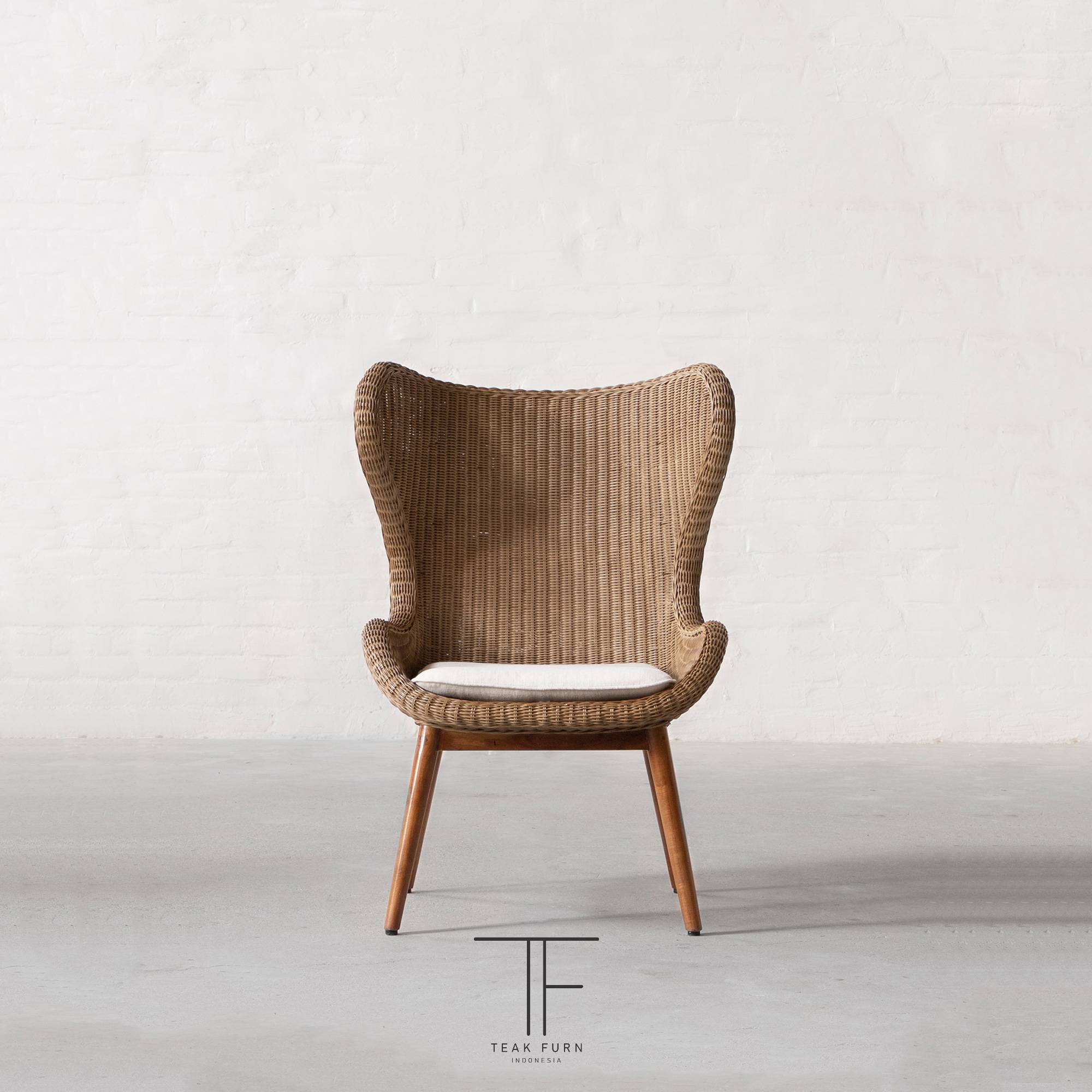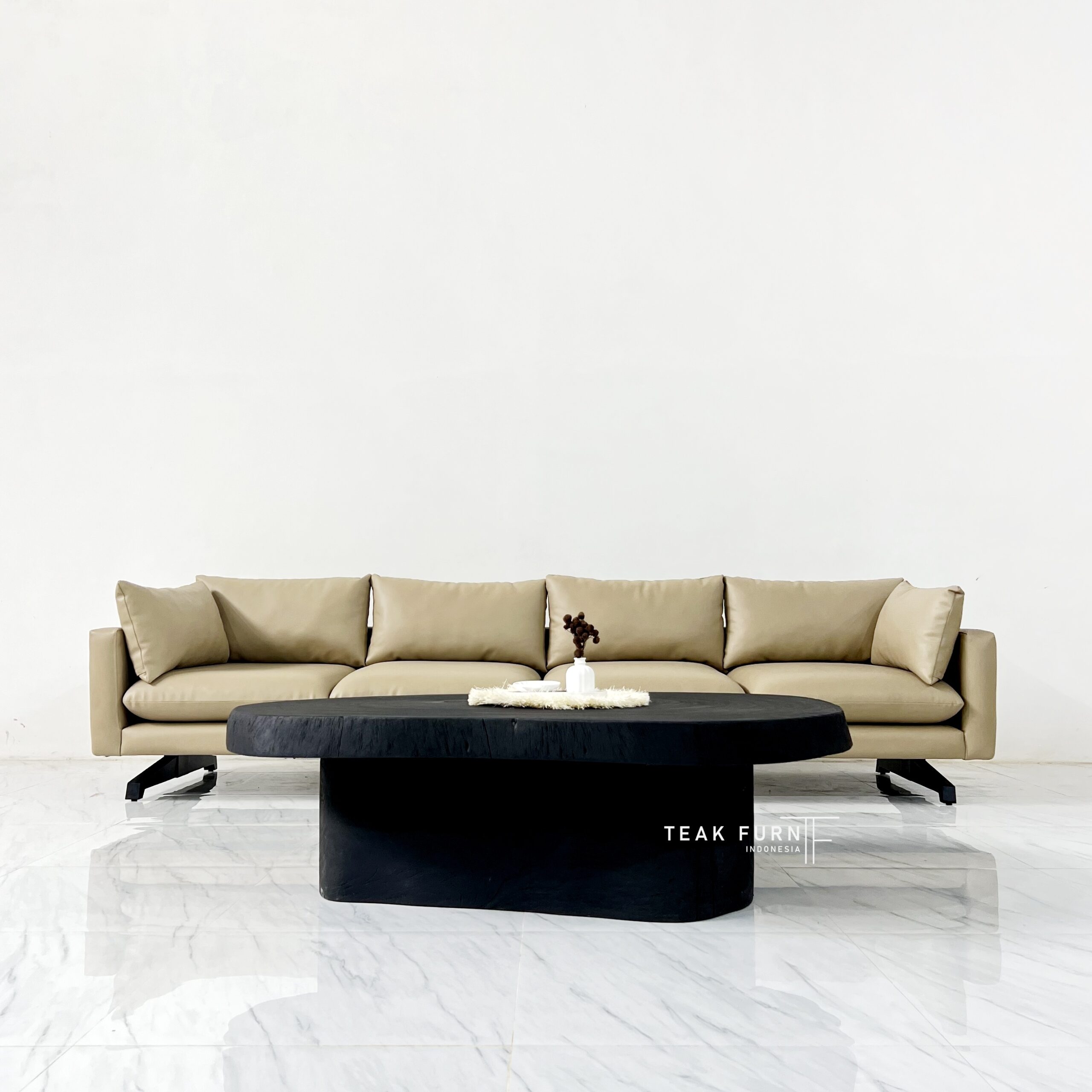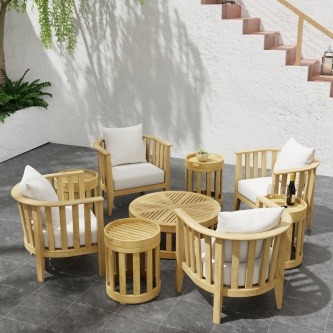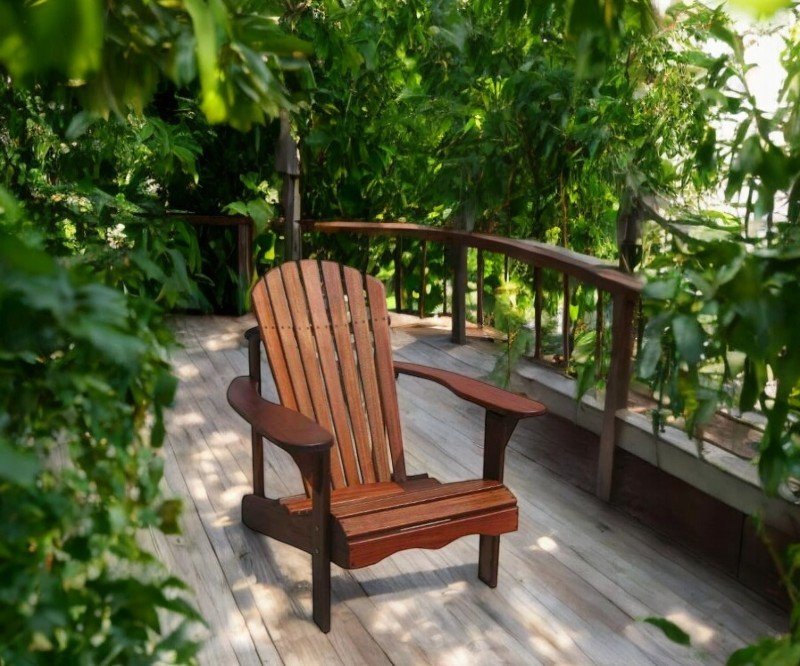Jepara, a small town in Central Java, Indonesia, is globally renowned for its handcrafted furniture, making it a leader in the furniture industry. Known for intricate wood carvings and the use of premium materials like teak, Jepara has earned its place as a hub for quality craftsmanship. This article delves into the artistry, tradition, and innovation behind Jepara’s furniture-making legacy.
1. A Rich Tradition of Handcrafted Furniture in Jepara

Jepara’s history as a center for furniture craftsmanship dates back to the 15th century. The town’s artisans began creating wooden furniture for the royal courts of the Majapahit Kingdom, using materials such as teak wood, which is both durable and aesthetically beautiful. Over centuries, Jepara developed a distinctive style of intricate wood carving, blending Javanese cultural themes with Islamic design influences.
Initially, Jepara furniture was created for the nobility and royal families, but its unique craftsmanship soon attracted global attention. Today, Jepara is recognized for producing some of the finest teak furniture in the world, celebrated for its quality and artistic value.
2. Mastering the Craft: Skilled Artisans Behind Jepara Furniture

At the heart of Jepara’s furniture production are its artisans, many of whom come from families with generations of experience in woodworking. These skilled craftsmen specialize in using teak wood, known for its strength, resilience, and stunning grain. The process begins with carefully selecting the right wood, followed by shaping, carving, and finishing.
Artisans in Jepara are famous for their intricate wood carvings, which often include floral patterns, geometric designs, and cultural symbols. The level of detail and precision involved in each piece ensures that Jepara furniture stands out for its craftsmanship and aesthetic appeal.
3. Combining Tradition with Modern Design in Jepara Furniture

While Jepara’s roots are in traditional furniture-making, the industry has embraced modern design trends to cater to a global market. Today, Jepara furniture ranges from luxury, intricately carved pieces to sleek, minimalist designs that appeal to contemporary tastes. This ability to blend age-old craftsmanship with modern design sensibilities has allowed Jepara to stay relevant in the global market.
Many Jepara furniture manufacturers now combine traditional carving techniques with modern materials and finishes, creating unique pieces that maintain the heritage of Jepara while appealing to diverse international tastes. Whether through the use of clean lines or incorporating eco-friendly finishes, Jepara has successfully adapted its craftsmanship to meet evolving global preferences.
4. Global Demand for Jepara’s Handcrafted Furniture

Jepara’s exceptional handcrafted furniture is in high demand around the world. Exporting to countries in Europe, North America, the Middle East, and beyond, Jepara furniture is prized for its high quality, durability, and beauty. The global demand for bespoke furniture has only increased as more consumers seek unique, handcrafted pieces that offer both artistry and functionality.
Jepara’s furniture exhibitions have become prominent venues where artisans showcase their work, attracting international buyers. These exhibitions highlight Jepara’s role as a leading producer of luxury furniture and solidify its status in the global furniture industry.
5. Sustainability and Ethical Practices in Jepara Furniture Production

In recent years, Jepara’s furniture industry has increasingly focused on sustainability and ethical production. As consumers become more environmentally conscious, many Jepara artisans have turned to responsibly sourced teak wood from sustainable forests, ensuring that their practices meet global standards for sustainability.
Moreover, many furniture producers in Jepara operate on a small scale, often in family-run workshops, where ethical labor practices are emphasized. Fair wages and safe working conditions for artisans are a core principle of Jepara’s furniture production model, making it an attractive option for consumers who value both craftsmanship and social responsibility.
Conclusion: Jepara as a Global Leader in Handcrafted Furniture
Jepara’s expertise in handcrafted furniture is a testament to its long-standing tradition of craftsmanship, skill, and innovation. The town’s combination of intricate wood carvings, use of teak wood, and commitment to sustainability has made it a global leader in the furniture market. From luxury furniture to contemporary designs, Jepara furniture appeals to a wide range of global tastes.
As demand for artisanal and bespoke furniture continues to rise, Jepara’s place in the global furniture industry will only continue to grow. Its artisans’ ability to merge traditional craftsmanship with modern design, while maintaining a focus on sustainability, ensures that Jepara will remain a key player in the world of high-quality, handcrafted furniture.



